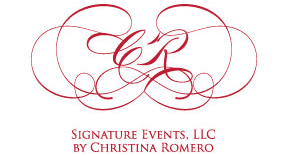Cultural Weddings Events
At Signature Events our team represents a wide variety of cultural, ethnic groups and diversity. This allows us to use our personal understanding to create cultural celebrations that perfectly captures your heritage and personality.
Whether you are looking to take the traditional route or put a modern twist on your special day, we’re ready to help create a uniquely personal experience! We specifically partner with vendors who have real life and professional experience with multicultural events to ensure your day is authentic and memorable.
brides walk circles around the groom. A chuppah is canopy open on all four sides to symbolize the home being open to guests. During the ceremony, two cups of wine are drank and the seven blessings called the sheva brachot are said.




